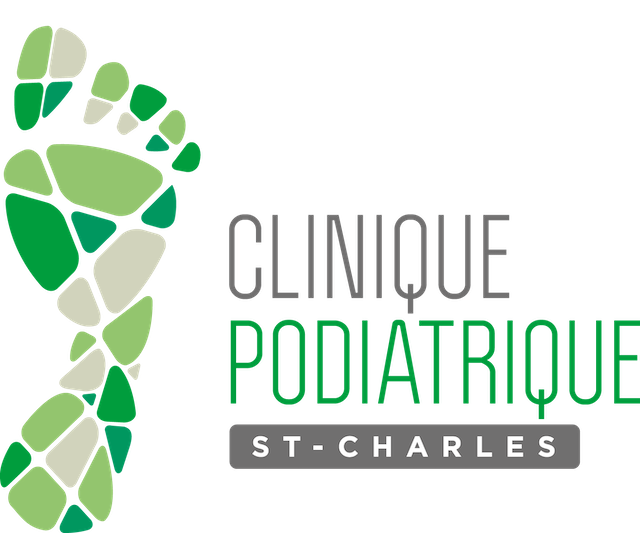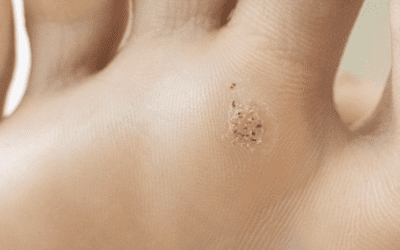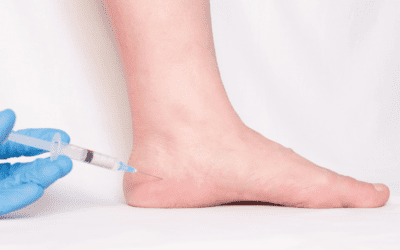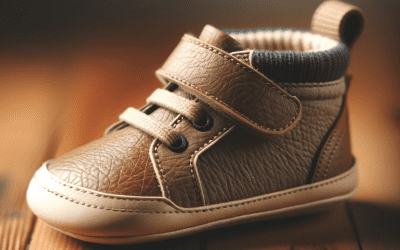In the realm of podiatry, two terms are frequently mentioned with significant importance: orthotic insoles and orthopedic inserts.
These devices, although appearing similar at first glance, play distinct roles in maintaining the health and comfort of our feet.
Understanding their history, foot anatomy, and the principles of biomechanics allows us to grasp their importance in treating various podiatric pathologies. From antiquity, where types of insoles were used to correct walking defects, to modern measurement and manufacturing technologies, the evolution of orthotics and orthopedic inserts reflects our growing understanding of the complexity of the human foot.
By exploring different types of feet, such as high arches and flat feet, we can better understand how these devices help restore balance and comfort, essential in our daily lives.
When it comes to addressing foot problems and supporting a correct gait, patients often find themselves choosing between two main solutions: custom-prescribed orthotic insoles by a podiatrist and off-the-shelf orthopedic inserts. Though these two options might seem to serve the same purpose, they differ significantly in terms of design, customization, and effectiveness in meeting specific needs.
Orthotic insole
A custom-prescribed orthotic insole is a medical device tailored specifically to an individual’s feet, following a thorough evaluation by a podiatrist. This evaluation process includes gait analysis, posture examination, 3D scans of the feet, and a detailed understanding of the patient’s biomechanical issues and specific pain points. The goal is to produce an insole that fits the unique contours of the foot perfectly, thus providing optimized support, correction, and comfort.
These devices are designed to treat specific conditions, correct biomechanical imbalances, reduce pain, and improve the functionality of the feet and, by extension, the entire body. The materials used for their manufacture vary based on individual needs and may include flexible polymers, shock-absorbing gels, or rigid compounds for maximum correction.
Orthopedic insert
On the other hand, an orthopedic insert is generally a ready-made or moderately customizable solution aiming to provide additional support and improve comfort in shoes.
While they can be tailored for specific purposes, such as alleviating underfoot pressure or arch support, they are not custom-made to fit the specificities of each foot.
Orthopedic inserts can be useful for individuals experiencing general foot fatigue or those in need of light support, but they are not designed to correct complex biomechanical problems or treat specific medical conditions. The available options include variations in density and material, such as rubber, gel, or foam, offering a range of comfort and support levels.
Choosing between custom orthotic and orthopedic insert
The choice between a custom-prescribed orthotic insole and an orthopedic insert rests on the complexity of an individual’s podiatric needs.
For those suffering from specific conditions such as plantar fasciitis, severe misalignments, or chronic pain related to biomechanical issues, a custom-prescribed orthotic insole often represents the best option. These devices offer a highly personalized solution, capable of precisely targeting the sources of pain and discomfort.
Conversely, for individuals seeking general foot support, increased comfort, or a slight improvement in their posture and gait, orthopedic inserts may be an adequate and more accessible solution.
Integrating this segment into the main text enlightens readers on the fundamental differences between podiatrist-prescribed orthotic insoles and orthopedic inserts, guiding them towards the most appropriate choice for their specific situation.
Maintenance and durability
Orthotic insoles
Custom-prescribed orthotic insoles, being tailored devices designed to meet specific needs, require special care to maintain their integrity and functionality.
Regular cleaning of these devices with a soft cloth and non-abrasive cleaner is essential to prevent the buildup of bacteria and dirt, which can affect the skin in contact with the insole.
Additionally, a thorough inspection should be carried out periodically to identify any signs of wear, such as deformations, cracks, or thinning of materials, which could reduce their effectiveness. Generally, it is recommended to consult a podiatrist to assess the condition of the insoles every 1 to 2 years, depending on the degree of use, to decide if an adjustment, repair, or replacement is necessary.
Orthopedic inserts
Orthopedic inserts, although often less specific than custom orthotic insoles, also require careful maintenance to extend their lifespan and maintain their functionality.
Regular cleaning, similar to that of custom insoles, helps maintain a healthy environment for the feet. However, orthopedic inserts, particularly those that are pre-made, may need more frequent replacement, typically every 6 to 12 months, depending on the intensity of use and visible signs of wear such as sagging or loss of material elasticity.
The key difference in maintenance
The key difference in maintenance between custom orthotic insoles and orthopedic inserts lies in the customization and durability of the materials.
Custom insoles, made from high-quality materials and designed for specific conditions, tend to have a longer lifespan and can often be adjusted to extend their usefulness.
In contrast, orthopedic inserts, while useful for general support, are generally designed for a shorter life cycle and need to be replaced more frequently to maintain their support level.
Modern materials and technologies
Innovation in materials and technologies has revolutionized the design and manufacturing of orthotic insoles and orthopedic inserts.
Advanced materials, such as memory polymers and shock-absorbing gels, offer unmatched support and comfort, tailored to the specific contours of each foot.
Concurrently, the use of cutting-edge technologies, such as 3D printing and digitized biomechanical analyses, allows for unprecedented customization.
These technological advances ensure that each insole or orthopedic insert is not only fitted to the user’s foot morphology but also addresses their specific health and activity needs, thus offering an optimal solution for pain relief and posture improvement.
Care advice and lifespan of orthotics
To maximize the benefits and extend the lifespan of orthotic insoles and orthopedic inserts, proper maintenance is crucial. It is recommended to regularly clean the orthotics with a soft cloth and mild cleaner to prevent dirt and bacteria buildup.
The orthotics should be periodically inspected for signs of wear, such as sagging, tears, or thinning of the material, which can decrease their effectiveness. Replacement is generally advised every 1 to 2 years, depending on usage and wear, thereby ensuring continuous correction and support.
Diversity
The effectiveness of orthopedic inserts and orthotic insoles is not limited to a single category of users; in reality, their scope extends to a vast diversity of patients, each with their specific needs and challenges.
In context, this means that these devices find their utility in varied scenarios, adapted to the daily lives of people from different backgrounds and facing various physical demands.
Adaptation to athletes’ needs
Athletes and sports enthusiasts, for example, subject their feet to significant strains, with repeated impacts that can promote the appearance of specific pathologies such as tendinitis or plantar fasciitis. For them, custom-designed orthotic insoles can not only provide essential support during dynamic movements but also contribute to optimizing performance by improving alignment and load distribution on the foot.
Support for the elderly
For the elderly, mobility and fall prevention are major concerns. Age-related changes, such as the atrophy of the fat pad, reduce the natural cushioning of the feet, thereby increasing the risk of pain and injuries.
Orthopedic inserts and custom insoles play a crucial role in providing the necessary support to improve balance, reduce joint pressure, and promote a safer and more comfortable walk.
Response to professional demands
Professionals whose work requires standing or walking for long hours, such as teachers, nurses, or retail employees, are also ideal candidates for the benefits provided by these devices. The inserts and insoles offer significant relief, reducing foot fatigue and pain associated with prolonged standing, thus allowing for sustained productivity without compromising their well-being.
Customization according to individual needs
The key to the effectiveness of orthotic insoles and orthopedic inserts lies in their ability to be tailored to the specific needs of each individual.
Whether it’s meeting the physical demands of an athlete, providing comfort and safety for the elderly, or alleviating pains related to demanding professions, each device is designed to address unique challenges.
This involves customization based not only on daily activities but also on anatomical characteristics and specific medical conditions of each patient, ranging from genetic specifics to acquired pathologies.
In summary, the prevention of foot pathologies involves a deep understanding of biomechanics, early detection of symptoms, and the adoption of appropriate treatments, notably the use of custom orthotic insoles or orthopedic inserts.
The importance of consulting a podiatrist for a personalized evaluation and treatment cannot be understated. Having more than one pair of orthotics, adapted to different activities or shoes, can offer optimal comfort and prevent future complications. Ultimately, investing in the health of our feet is investing in our overall quality of life.




